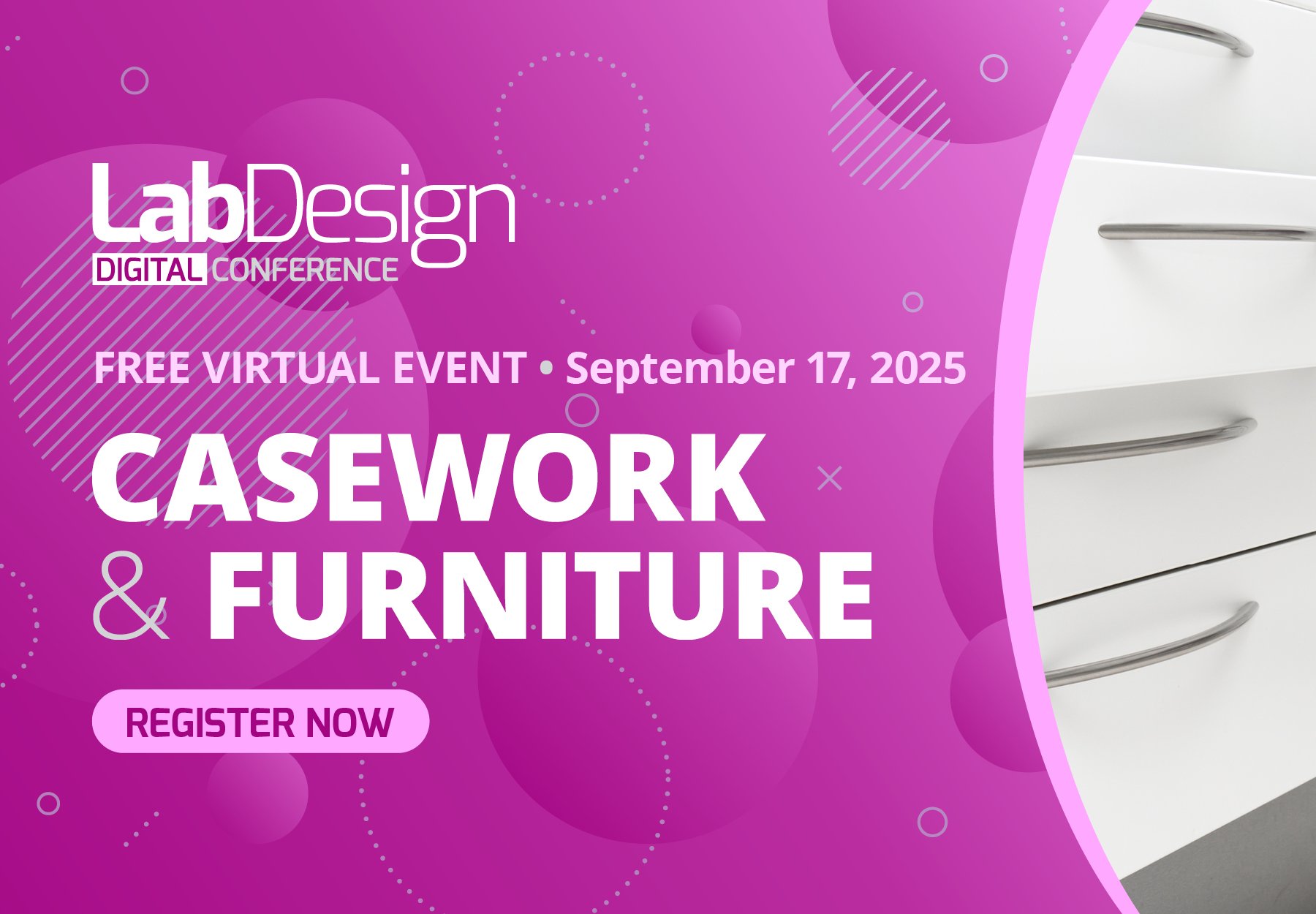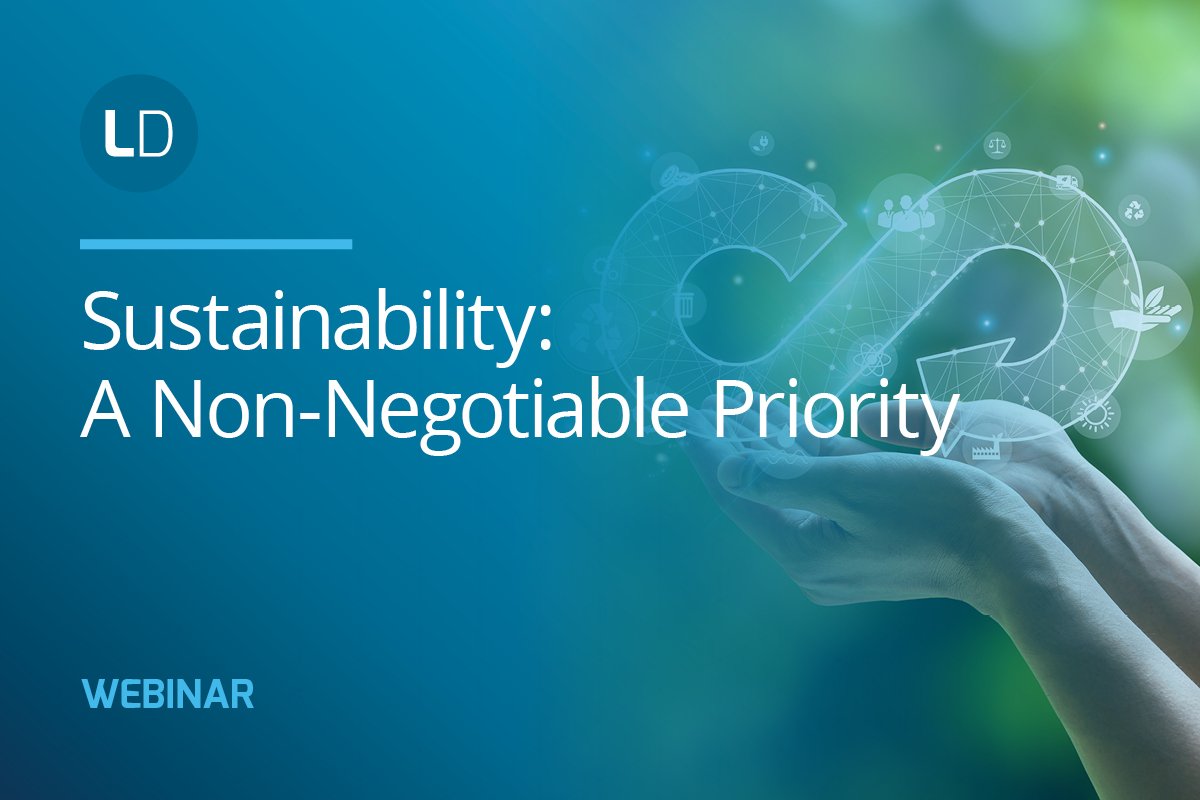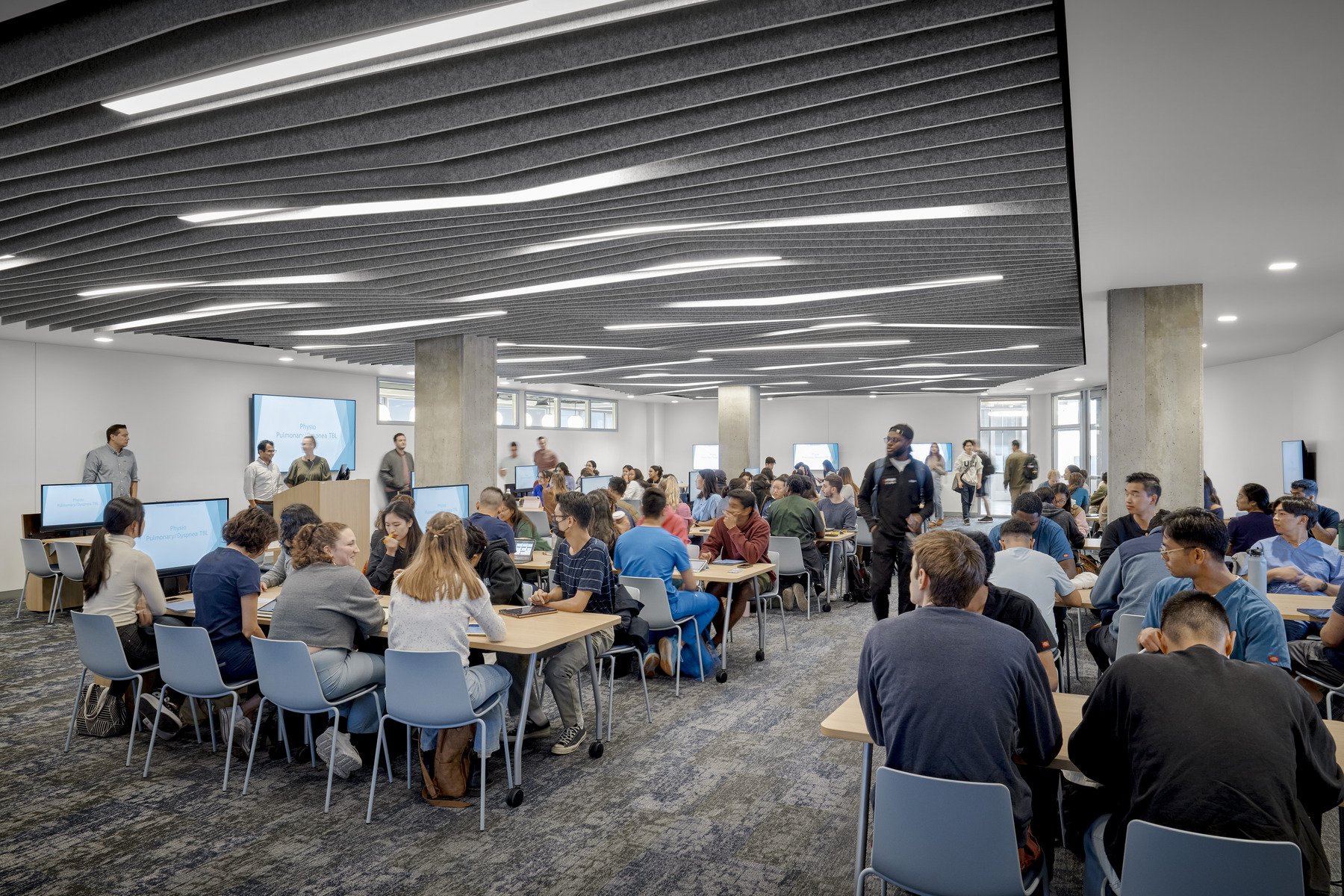
Join us for
the 25th annual Lab Design Conference in 2026!
We’ll see you in Orlando on May 11-14 at the leading business conference
for lab design professionals to learn about sustainable design, industry trends, and more
Featured
UNC-Chapel Hill has paused construction of its $228 million Translational Research Building due to growing uncertainty over federal funding, including the loss of 104 research grants and proposed cuts to indirect cost recovery that threaten its primary financing strategy
This webinar from the 2025 Lab Design Conference explores how data-driven material selection can help laboratories reduce their environmental footprint and advance sustainability goals—such as lowering embodied carbon and supporting circular economy principles—by leveraging third-party certifications, lifecycle data, and transparent reporting, while offering practical strategies and real-world insights for implementing responsible, low-emission material choices in lab design
This webinar from the 2025 Lab Design Conference explores how ductless filtering fume hoods can help laboratories reduce their environmental footprint and achieve sustainability goals—such as Zero Net Energy and LEED Platinum—without compromising safety, by aligning with safety standards, improving indoor air quality, and providing real-world best practices and case studies for strategic implementation
Latest
Syensqo’s newly inaugurated microbiology lab in Lyon exemplifies how user-driven design, advanced digital tools, and sustainable construction can dramatically expand testing capacity and accelerate the development of safe, eco-friendly solutions—offering practical lessons for building future-ready laboratory environments
Lab Design News spoke to Jamie Huffman, science + technology project director at Taylor Design, about how his passion for ecology, design, and human-centered collaboration shapes his approach to lab planning and drives his vision for creating science environments that are both impactful and deeply connected to the natural world
Umoja Biopharma’s new Seattle headquarters offers a model for mission-driven lab design, showing how flexibility, biophilic elements, and collaborative problem-solving can create a resilient, future-ready space that aligns with both scientific goals and employee wellbeing
Upcoming Events
This free How to Build webinar offers a comprehensive overview of best practices for planning and designing vivarium facilities—from high-level strategic decisions to the critical details that ensure functionality, compliance, and animal welfare
Join Lab Design for the Innovations in Design Tools Digital Conference, where our speakers will review software options that facilitate better project management and team communication when designing, building, or renovating a lab
Join Lab Design for the Casework and Furniture Digital Conference, which will provide valuable insights into creating lab spaces that meet the diverse needs of scientists and researchers while maintaining aesthetic appeal
On-Demand Events
Join Lab Design for the Flooring & Walls Digital Conference, which will cover the latest innovations in sustainable materials and finishes designed to enhance both functionality and aesthetics in a lab environment
This webinar from the 2025 Lab Design Conference explores how data-driven material selection can help laboratories reduce their environmental footprint and advance sustainability goals—such as lowering embodied carbon and supporting circular economy principles—by leveraging third-party certifications, lifecycle data, and transparent reporting, while offering practical strategies and real-world insights for implementing responsible, low-emission material choices in lab design
This webinar from the 2025 Lab Design Conference explores how ductless filtering fume hoods can help laboratories reduce their environmental footprint and achieve sustainability goals—such as Zero Net Energy and LEED Platinum—without compromising safety, by aligning with safety standards, improving indoor air quality, and providing real-world best practices and case studies for strategic implementation
Project Profiles
The Applied Research Center (ARC) at Florida Polytechnic University is a 95,000-sf hub for innovation and collaboration, featuring flexible research spaces, teaching labs, and sustainability-focused design that supports the university's growth while fostering industry partnerships and connectivity across campus
Lab Design News spoke to Jay Deshmukh, OAA MRAIC, an associate principal at Arcadis who was the project manager and design lead on the project, and Tiina Hubel, OAA, MRAIC, a senior associate at Arcadis who worked as a project architect
Gensler recently completed a renovation of the Medical Education Building at University of California Irvine which spanned multiple project types including an anatomy lab, Active Learning Center, student lounge, classrooms, and offices
Professional Profiles
Lab Design News spoke to Jamie Huffman, science + technology project director at Taylor Design, about how his passion for ecology, design, and human-centered collaboration shapes his approach to lab planning and drives his vision for creating science environments that are both impactful and deeply connected to the natural world
At the 2025 Lab Design Conference in Denver, Dwayne Henry of Montgomery College will discuss communication strategies, challenges, and collaborative techniques from an end user's perspective throughout the lifespan of an academic science building project
Jim Blount of Ellenzweig Architects will open the 2025 Lab Design Conference with a keynote discussion on “How to Prepare for an Uncertain Future” in the lab design industry
Op-Ed
Employee turnover is inevitable—often sudden and disruptive—so companies must proactively plan for it by developing succession strategies and fostering supportive work environments to avoid chaos when key staff leave
Be ready for unforeseen vendor disruptions that can jeopardize laboratory projects, and learn how thorough vetting and contingency planning are essential for staying on schedule
Preventing fume hood fires requires prioritizing containment over velocity, maintaining clean and uncluttered hoods, using explosion-proof equipment, conducting regular performance testing, providing thorough user training, and establishing robust emergency procedures




















